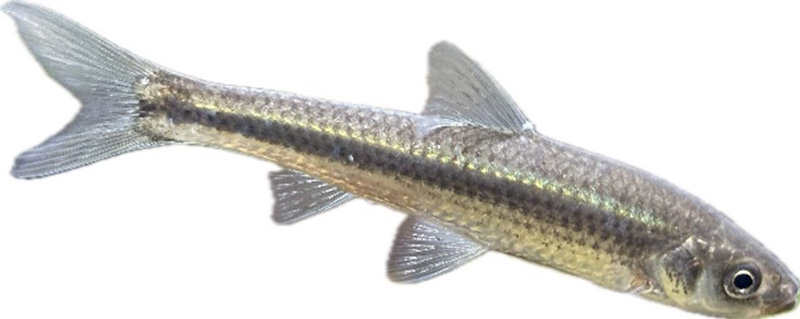2024-02-14 マックス・プランク研究所
<関連情報>
- https://www.mpg.de/21524011/0208-ornr-do-apes-have-humor-987453-x?c=11863214
- https://royalsocietypublishing.org/doi/10.1098/rspb.2023.2345
4種の類人猿における自発的なからかい Spontaneous playful teasing in four great ape species
I. B. Laumer,S. L. Winkler,F. Rossano and E. A. Cartmill
Proceedings of the Royal Society B Published:14 February 2024
DOI:https://doi.org/10.1098/rspb.2023.2345

Abstract
Joking draws on complex cognitive abilities: understanding social norms, theory of mind, anticipating others’ responses and appreciating the violation of others’ expectations. Playful teasing, which is present in preverbal infants, shares many of these cognitive features. There is some evidence that great apes can tease in structurally similar ways, but no systematic study exists. We developed a coding system to identify playful teasing and applied it to video of zoo-housed great apes. All four species engaged in intentionally provocative behaviour, frequently accompanied by characteristics of play. We found playful teasing to be characterized by attention-getting, one-sidedness, response looking, repetition and elaboration/escalation. It takes place mainly in relaxed contexts, has a wide variety of forms, and differs from play in several ways (e.g. asymmetry, low rates of play signals like the playface and absence of movement-final ‘holds’ characteristic of intentional gestures). As playful teasing is present in all extant great ape genera, it is likely that the cognitive prerequisites for joking evolved in the hominoid lineage at least 13 million years ago.


